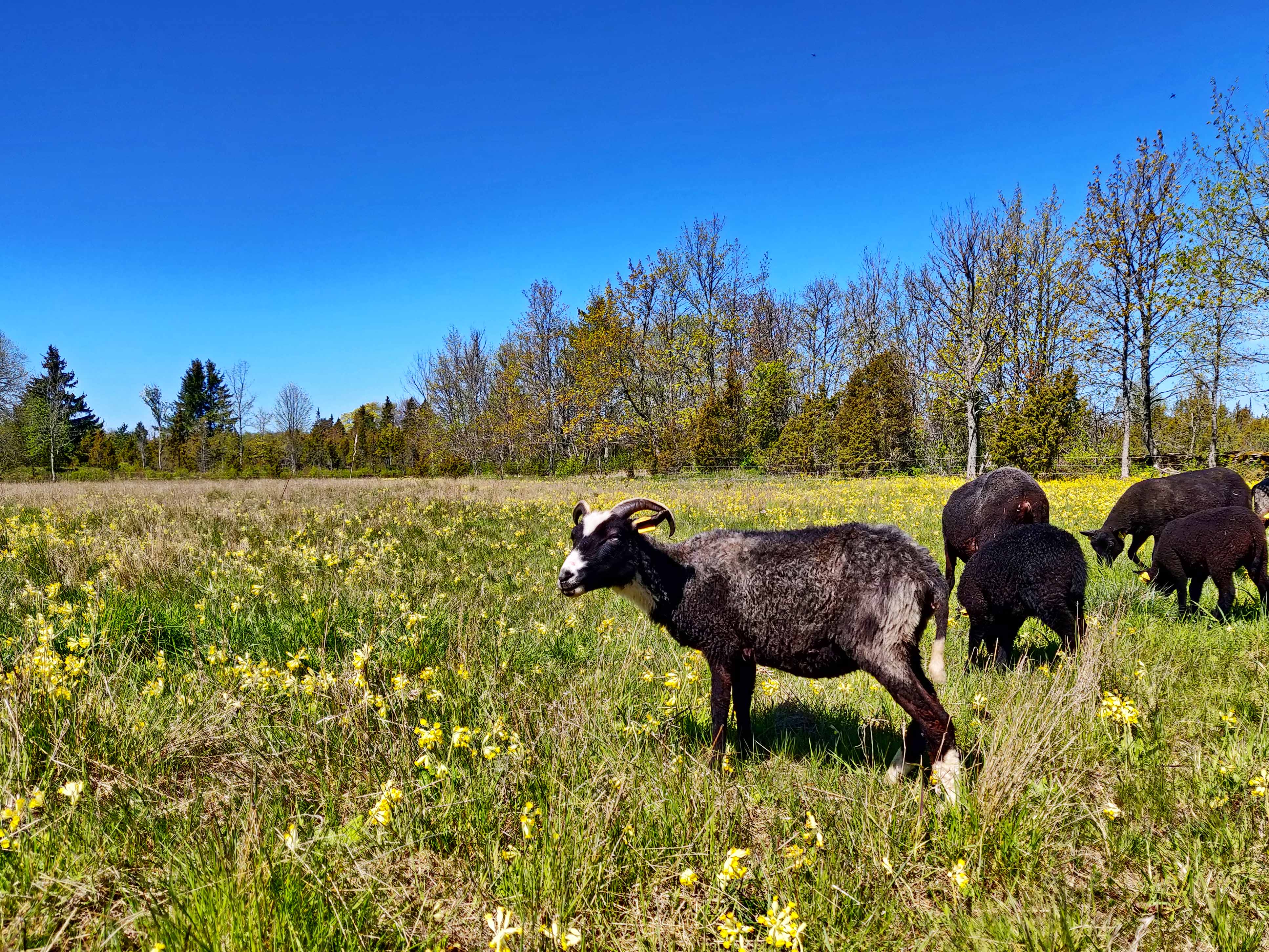National support measures are needed to preserve indigenous breeds
Six local endangered breeds have been officially recognised in Estonia: Estonian native cattle and the Estonian Native horse, the Estonian Draft horse and the old (universal direction) population of the Tori horse, the Estonian quail and the Kihnu native sheep [1].

Preservation of the breeds suitable for Estonia as well as genetic diversity is one of the main objectives of several national development and action plans (e.g. the development plan for agriculture and fisheries until 2030 and the action plan on animal genetic resources). Special breeding programmes are established and state benefits are paid to preserve the endangered breeds [2].
State benefits are also paid for the cultivation of local plant varieties [3] and a programme for the collection and preservation of the genetic resource of crops has been set up. No official list of indigenous plant varieties has been established, but several research institutions are engaged in the cultivation and preservation of local varieties. The largest of them are the Polli Horticultural Research Centre of the Estonian University of Life Sciences and the Estonian Crop Research Institute.
For an animal breed to survive for a long time, it must undergo breeding. As of 2020, there are a total of 14 licensed farm animal breeding institutions in Estonia [4]. As native animals have lower productivity, they are more often grown by small undertakings, rather than large farms [5].
Last modified: 30.11.2021
__________________________________________________
[1] Kaia Lepik, 2011. Ohustatud tõud ja põlistõud. Eesti Loodus; http://www.eestiloodus.ee/artikkel3730_3697.html
[2] Loe lisaks Maaeluministeeriumi kodulehelt https://www.agri.ee/taime-ja-loomatervis/loomade-tervis-heaolu-ja-aretus/pollumajandusloomade-aretus
[3] https://www.pria.ee/toetused/KSA_2022
[4] https://pta.agri.ee/ettevotjale-tootjale-ja-turustajale/loomakasvatus/touaretus#tegevusloaga-aretus
[5] https://touloom.etll.ee/pdf/touloomakasvatus84.pdf